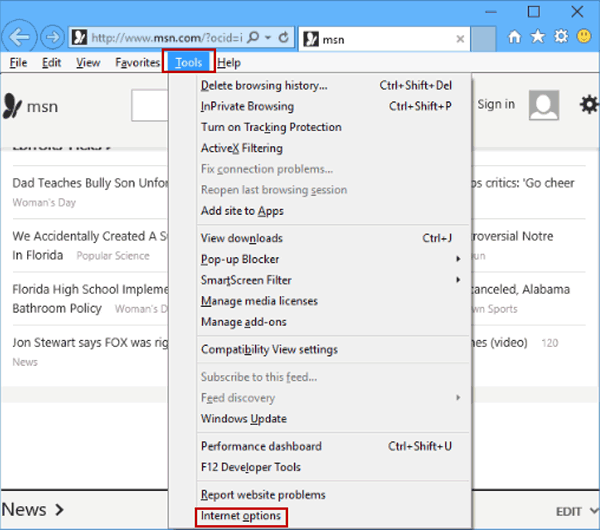

And Amazon has created a page that feels like a virtual bookstore, with access to daily deals and other features through Windows 7’s jump-lists. IMDB’s app will show off high-def trailers, only now possible in HTML5 with IE9. Redbull, for instance, will offer an interactive social media page complete with music and video. Rather than opening IE9 and punching in an address, users may soon be pinning these “apps” to their taskbar. Thanks to the power of HTML5, many of these partners from Amazon to CNN are taking advantage of IE9’s optimized platform to create immersive app-like experiences. These two versions are basically the same, with some minor differences. Unlike some older versions of IE, Microsoft has decided to phase out this version and replace it with IE 11. When IE9 officially launches later today, it will do so along with a slew of partners. IE 10 was released for Windows 7 and Windows 8 in 2012. But for Microsoft, it has become a vehicle for migrating apps to the PC. Many–including Apple–believe it could one day replace Adobe Flash. It boasts incredibly strong media playback and modern Web standards. Boiled down, HTML5 is the next version of HTML, the backbone of Internet–that is, the predominant computer language developers use to build Web pages. Today, the company launched Internet Explorer 9, its latest browser iteration, which fully embraces HTML5. Now Microsoft is trying to bring that same concept to Windows 7. They don’t feel like an installed program–they’re much less clunky–nor a website, which is anything but native. What are apps, other than tiny colorful icons that provide rich, interactive experiences on mobile devices? Think about your iPhone’s New York Times or Facebook app.


 0 kommentar(er)
0 kommentar(er)
